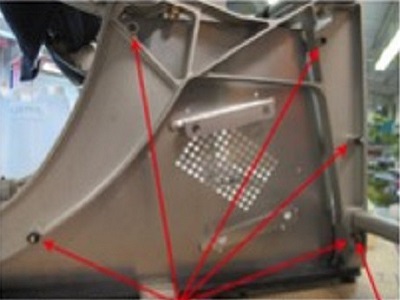Case Study
In-Seat Power System (ISPS)
Nowadays, the use of mobile devices – tablets, phones, laptops – is widespread. Airlines must acknowledge the new traveller’s behaviors and provide the corresponding on-board solutions. ISPS is one of them, delivering in-seat power to passengers to enable them to continue to enjoy their connected lifestyle inflight.
The Task
A leading European airline requested Flitetec provide a modification upgrade to make their seats more technology friendly and improve customer experience during short and medium haul flights. The airline had identified the need to re-design the Cabin in order to make the IFE more compatible with the new technology devices (Portable Electrical Devices (PED), e.g. Tablets, iPad’s, Laptops & Mobile Phones). A powered USB 2.0 port installation within the original seat was the airlines goal to enhance the customer’s experience during flights.
The Solution
The ISPS power unit was provided by KID Systeme GmbH and the major engineering challenge was to incorporate their design within the existing space envelope of the B/E Pinnacle seat. Flitetec were responsible for the design and manufacture of the 4 major aspects of the modification to complete the task:

ISPS MOUNTING PLATE

ISPS COVER

Conclusion
Get in touch with our experienced team
OUR EXPERIENCE YOUR ADVANTAGE
